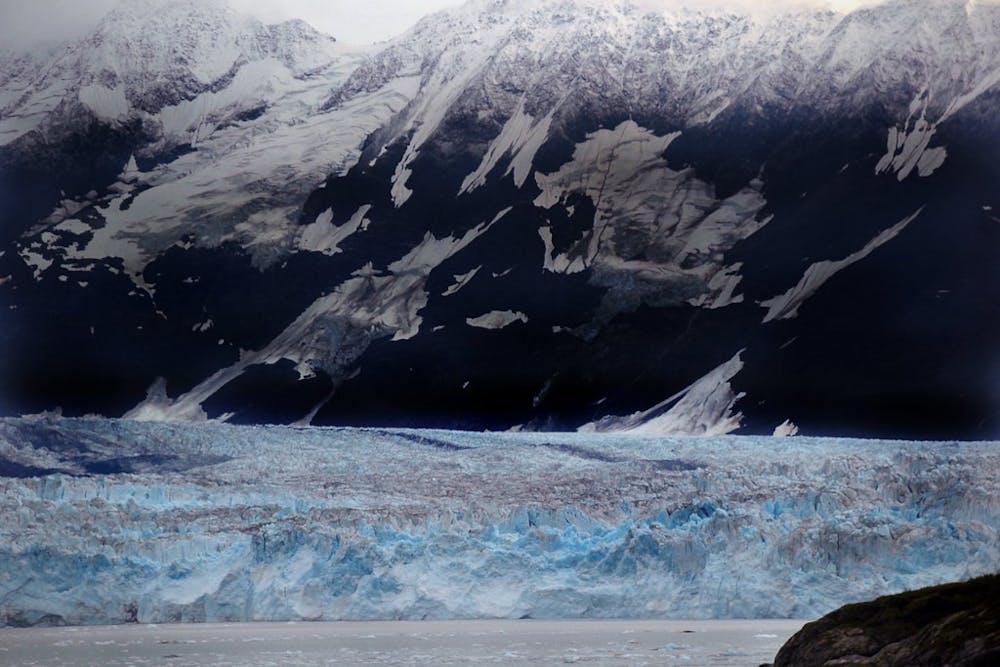
Recently, President Biden has come under criticism for considering support for the Willow Project, a $6 billion new oil and gas drilling project that would take place in the National Petroleum Reserve in Alaska. The Willow Project is led by ConocoPhillips, self-proclaimed as “Alaska’s largest oil producer.”
In February 2023, the Biden administration announced that it would support a curtailed version of the project. However, the administration is still making a final decision on the fate of the project, despite that even with curtailing, a new gas and oil project would not be supportive of the climate goals set by the administration when it took office.
Such a huge oil and gas project will definitely lead to increased greenhouse gas emissions, putting us further away from the overall goal of reducing emissions. When we should be focusing on cleaner energy sources and reducing greenhouse emissions, approving the Willow Project will take us in the wrong direction.
ConocoPhillips announced the Willow Project in January 2017, more than six years ago. According to ConocoPhillips, the drilling site is estimated to gather 180,000 barrels of oil per day. ConocoPhillips believes that the Willow Project will promote economic growth with estimates of generating from $8–17 billion in revenue.
On the face sheet for the Willow Project, ConocoPhillips mentions that the Willow Project was designed to have minimal effects to the environment. Furthermore, ConocoPhillips considers itself committed to sustainability — one must question the likelihood of an oil company’s having a commitment to the environment.
According to Protect Our Winters, the Willow Project would lead to more greenhouse gas emissions than any other project on public American land. A scaled-back alternative to the Willow Project only reduces emissions by 2%.
In addition to environmental impacts that will affect us all, indigenous communities in Alaska are at a greater risk of suffering the impact of the Willow Project. In an opinion piece written in The Hill, Rosemary Ahtuangaruak wrote on how the project will disrupt the life of habitats and indigenous communities, including those in Nuiqsut, close to the drilling site. However, there seems to be support for the project from some communities, including the Arctic Iñupiat and some Republican senators.
There is a particular irony with how the government granted $6 billion for protecting oceans and combating climate change on March 3rd but could possibly grant $6 billion towards the Willow Project — a project that would lead to further destruction of the environment.
At this point, although there has been preliminary approval for the project, President Biden has the ultimate control of whether this project can move forward or be halted. For those that wish to express their hesitation about the project, Protect Our Winters has created a message template and website that allows you to send a message to the Biden Administration to urge them to reject the project.
Tanvi Narvekar is a senior from the Bay Area, Calif. majoring in Neuroscience and Psychology. Combating Climate Change is an ode to her passion for climate change action and helping with its mitigation. The goal of the column is to educate about current events and future action regarding climate change.





